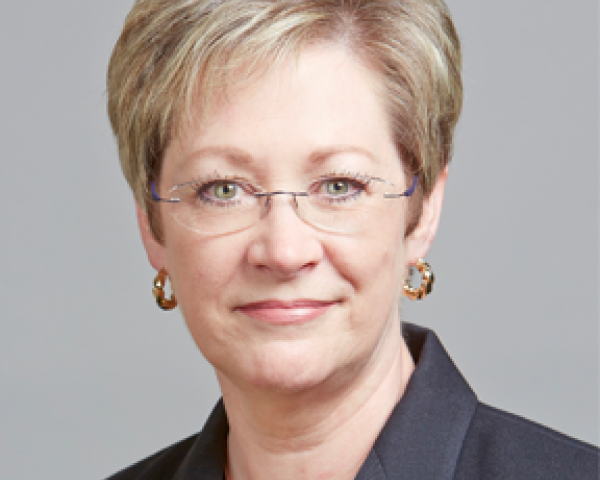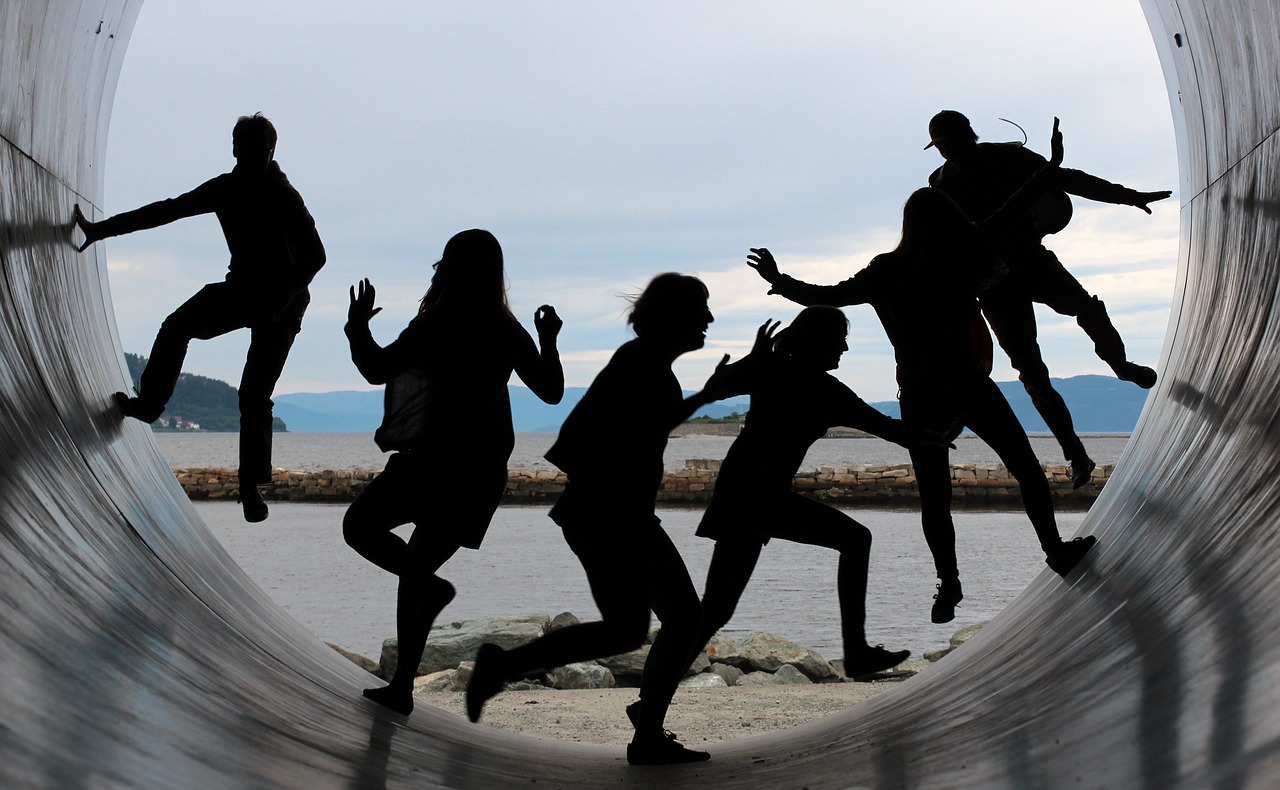Insurance modernization results in core business and administrative functions using commonly trusted sources of data to inform and enhance business decisions and reporting. Benefits of this transformation include greater efficiencies, improved decision-making and better risk management. However, modernization is not just about changes to processes and technology. There also are potentially profound organizational and talent-related changes. Given the broad impact insurance modernization will have throughout an organization, HR has a key role during the journey.
The case for change
Insurance modernization is not simply another transformation program that affects select capabilities within specific organizational functions. Rather, the changes that insurance modernization brings are far more broad and systemic. HR executives, in particular, understand how modernization reshapes their organization’s talent agenda, influences priorities,and changes how HR invests in services that enable the transformation.
Many insurers already face critical skill shortages, particularly in the areas where insurance modernization makes the greatest impact: risk, actuarial, financial and technical competencies. Modernization efforts also hinge on an organization’s ability to attract and retain people who have the skills to drive transformational change. Combined with an aging workforce, the case for adjusting talent strategy is clear.
Modernization also requires stronger links between performance management and critical regulatory and risk management objectives. Changes in organizational structure, governance and decision rights may be necessary to strengthen accountability for modernization goals and objectives.
Characteristics of a modernized HR function
In the journey toward a modernized organization, HR leaders are uniquely positioned to drive workforce changes for positive impact. Leading HR functions draw on their capabilities and services to provide support by:
- Driving organization structure, governance and decision rights changes to strengthen accountability for modernization goals and objectives. HR will help manage changes to the work processes and systems that drive a substantial redistribution of work effort by redeveloping job families or job design and making logical and lasting changes to interaction models.
- Shifting key talent management strategies – ranging from recruitment to career development to succession planning – to address gaps in critical actuarial, financial and technical capabilities. The modernized organization will require talent with new and enhanced skills. In some roles, for example, employees will devote less time to activities such as data scrubbing and more time to analysis and consultation.
- Motivating broader cultural change through employee engagement initiatives that promote modernization vision and goals. Leading HR organizations will leverage insurance modernization as a key growth opportunity for both the organization and for high performers who demonstrate skills development and leadership capabilities.
As a key partner in the transformation, HR leaders sit alongside business leaders to plan for critical modernization initiatives and develop strategies to drive desired outcomes. At the same time, other important HR capabilities, such as performance management and goal-setting processes, will be critical to driving organization-wide performance outcomes.
The benefits
As a steward of organizational capabilities, the leading practice HR function is a key supporter of insurance modernization. The main challenge for the HR function is to assess organizational needs during the transformation while focusing on broader organizational objectives at the same time. Engaging HR early in the transformational journey sets the foundation for realizing objectives:
- Defining program impacts to both people and the organization and developing a holistic plan for protecting and expanding the organization’s brain trust and key capabilities.
- Directing organizational development, including organizational redesign and job analysis activities, by redirecting limited resources toward critical needs and forecasting and managing HR capabilities and capacity in concert with demands.
- Reshaping talent strategy for risk, actuarial and finance roles, as well as select IT roles, to address shifting skill profiles and talent requirements
- Designing a change management plan from an HR perspective that aligns culture-related change management and communications activities to promote organizational focus on modernization’s most critical objectives.
From an HR perspective, insurance modernization enables the institutionalization of key capabilities, rather than the loss of key assets as talent moves within and outside the organization. Modernized IT services and platforms enable both performance and scalability by facilitating more efficient use of talent.
Critical success factors
The degree of HR’s impact on modernization hinges on the degree to which it can partner with key business leaders. HR can provide critical support when it is engaged early on and acts as counsel to risk, actuarial and finance leaders on the people and organizational impacts stemming from modernization. The following factors apply:
- Early involvement to design appropriate governance, oversight and decision-making processes, as well as evaluate the impacts of technology and process changes that can drive changes to talent, structure and performance requirements.
- Sustained participation in decision making to enable thorough discussion of broader organizational- and talent-related impacts, as well as redirection of activities as needed to align decisions to broader organizational goals, drive accountability and protect against critical talent loss.
- Active engagement with talent at all levels of the organization to understand the impacts of the transformation on roles, employee satisfaction and engagement within the organization, as well as the talent risks that may need to be managed.
HR also often has a cross-functional view of impacts and can identify key talent from other parts of the organization to lead transformation efforts. With an eye on the future needs of the organization, HR can provide advice to keep leaders on the same page and help provide solutions to issues that arise along the modernization journey.
Next steps
To be successful, transformation requires discipline and continued leadership commitment to achieve goals. HR is well-positioned to help drive progress and momentum toward achieving higher levels of organizational maturity. HR also can help to keep leaders connected, as well as monitor and maintain alignment between organizational and individual goals. It also provides a people-focused perspective to modernization objectives and initiatives and works with business leaders to protect the organization’s talent assets.








